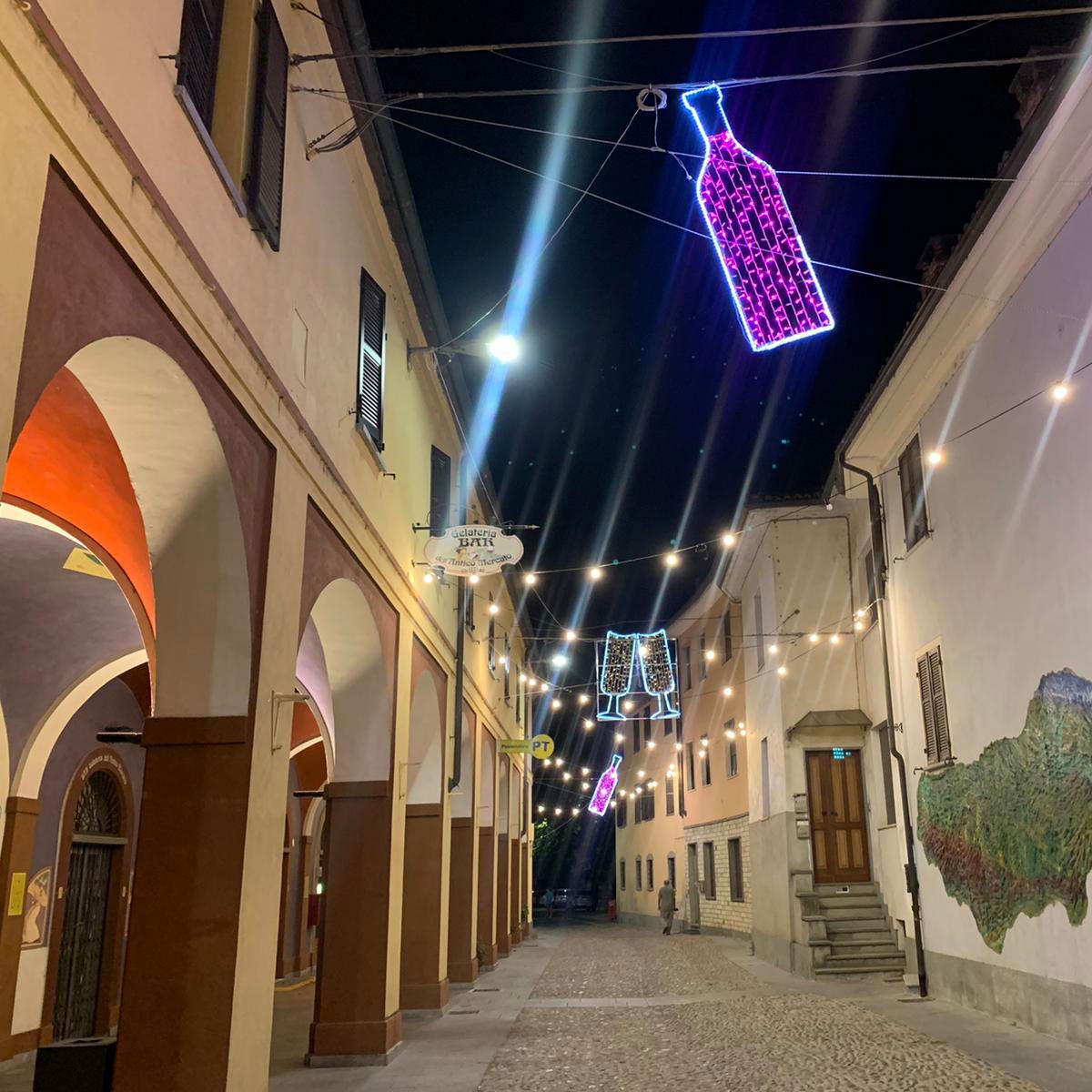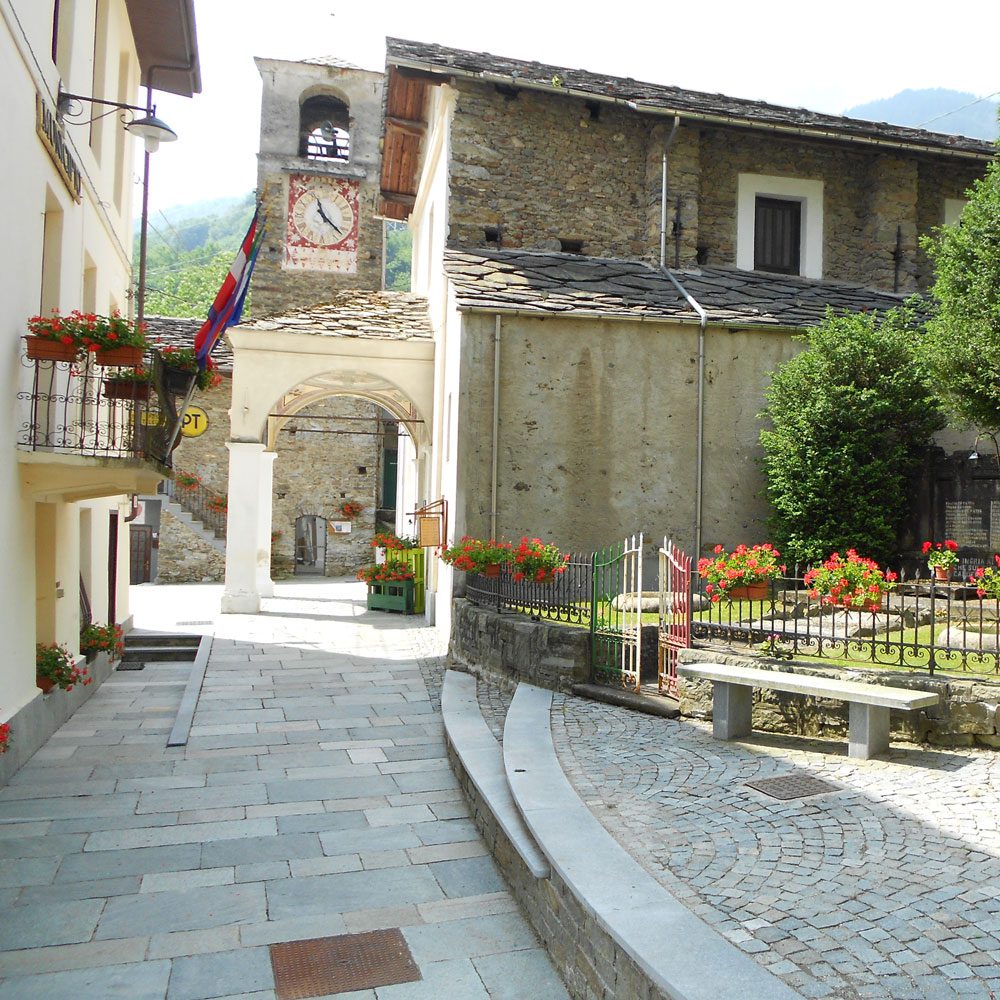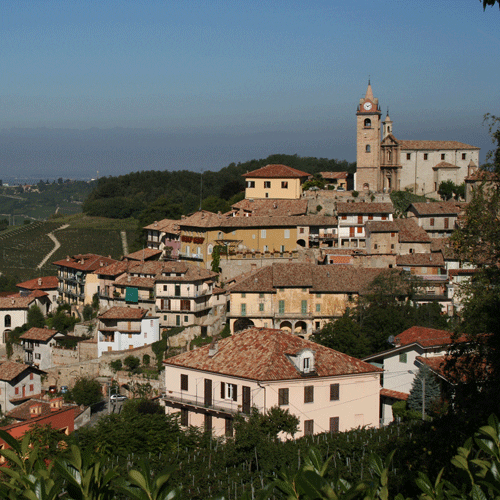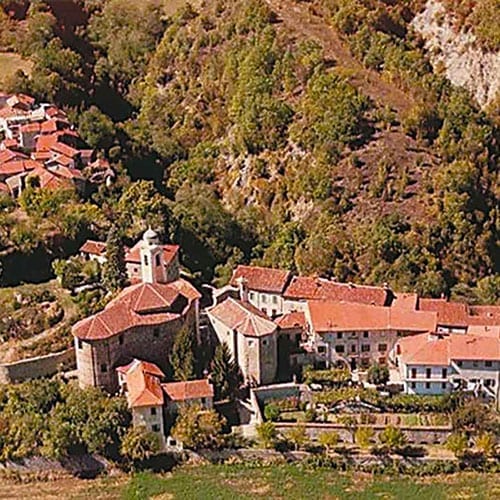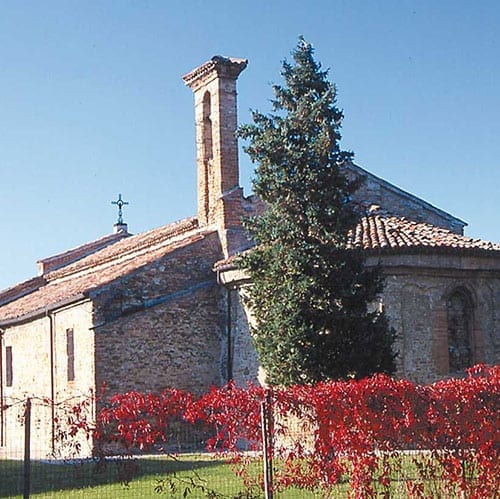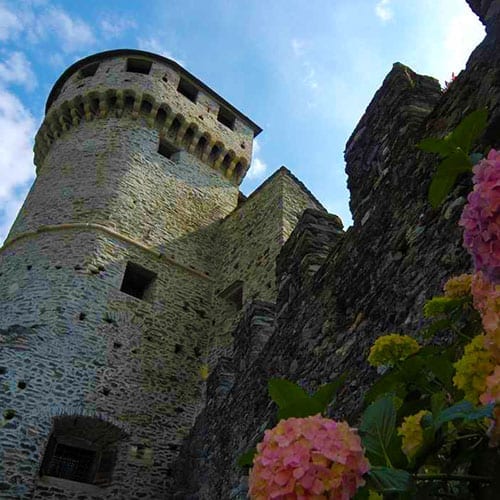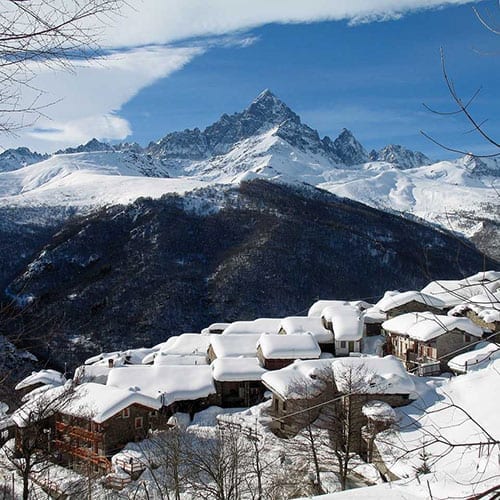 Cocconato
Cocconato
MUNICIPALITY OF ASTI
(Province of Asti)
Altitude
m. 491 s.l.m.
population
1462
patron
Santi Fausto e Felice, 11 settembre
TOURIST INFORMATION
Ufficio Informazioni Cocconato
Piazza Cavour 26
Tel. 0141 600076
Aperto da aprile a settembre
www.comune.cocconato.at.it
cocconatoufficioturistico@gmail.com
The borgo is known as the Riviera of Monferrato for its mild climate. The history of the borgo is linked to the Radicati counts who ruled over the feud until 1450, and made it an autonomous state with its own power of jurisdiction and currency. Later, it became subject to the House of Savoy. The crenelated tower was the only part of the castle not demolished in 1556, today the tower is the emblem of the borgo. The Church of the Santissima Trinità was built in 1617 to ward off the plague. It houses a canvas of the Coronation of the Virgin attributed to the Moncalvo workshop. The town hall is the result of a 15th century reconstruction of part of the castle, of which it represents the southern offshoot. It is one of the rare examples of civil buildings in Gothic style in Piedmont. The Parish Church of Santa Maria della Consolazione dates back to 1669. It contains some valuable altarpieces, among which the Madonna della Consolazione, the oldest iconographic representation of the borgo.
Must-see
• The Church of Santa Caterina with its baroque façade.
• The 18th century pharmacy preserves the original furnishings and ancient vases.
• CoccoCheese, mid-May: Cocconato presents its local cheeses especially its famous robiola.
• Camminata enogastronomica, June: a 15km wine-and-food walk through the hills visiting seven vineyards.
• Palio degli Asini (Donkey race): September: the borgo’s main celebration since 1970. Each of the eight villages that make up Cocconato prepare their own procession and team of runners that will defend their honour in the donkey race. The race recalls the
resident’s efforts to put out the fire in the castle in the Middle Ages by placing water barrels on donkeys’ backs, the team of runners must run together with the donkey.
The borgo is renowned for the Robiola di Cocconato: a soft and intensely creamy fresh cheese.
According to an ancient legend, a kind of myth handed down from father to son, a treasure is hidden in the well of Marcellina (the Roman well still exists). This treasure is known as Pietra Cagnola (dog stone), a dog’s head made of gold and precious stones. Believing that it had the power of making the land fertile, the stone was put on the harrow when tilling the earth. It was hidden in the well (some say with a bust of Caius Marcellus) to protect it from the barbarian raids.



